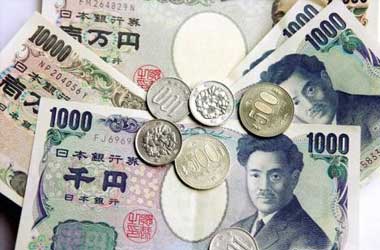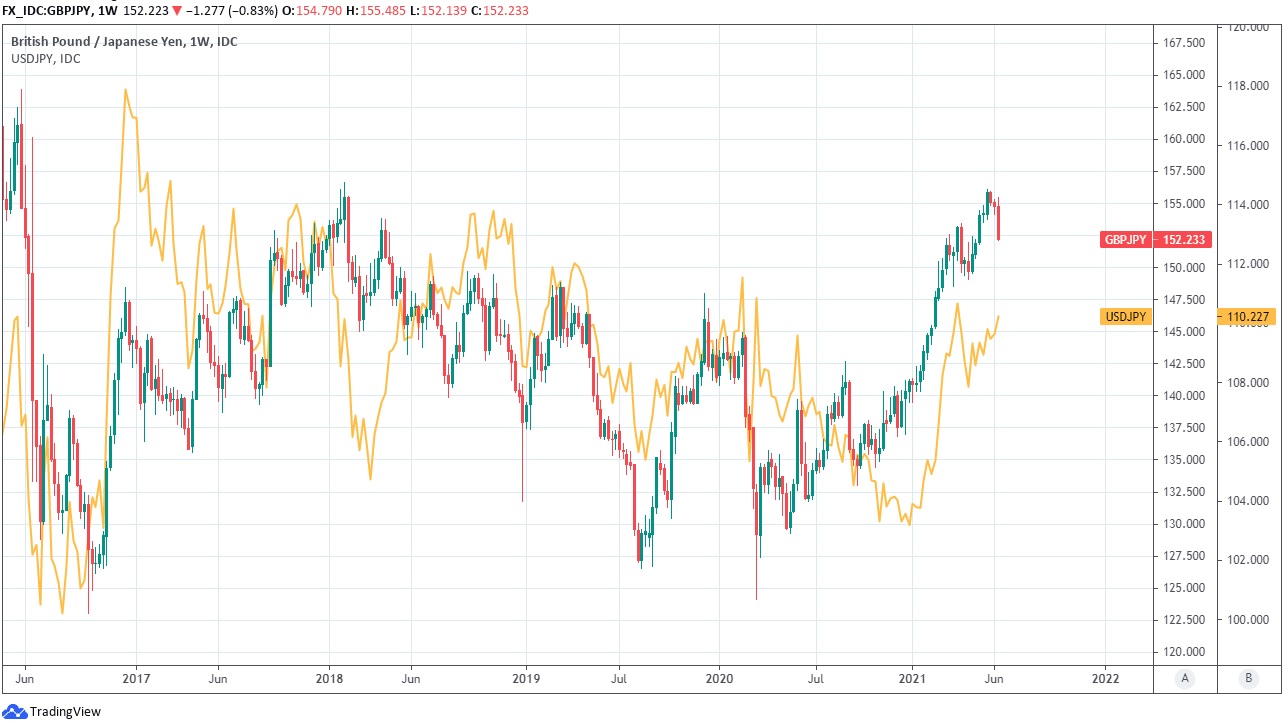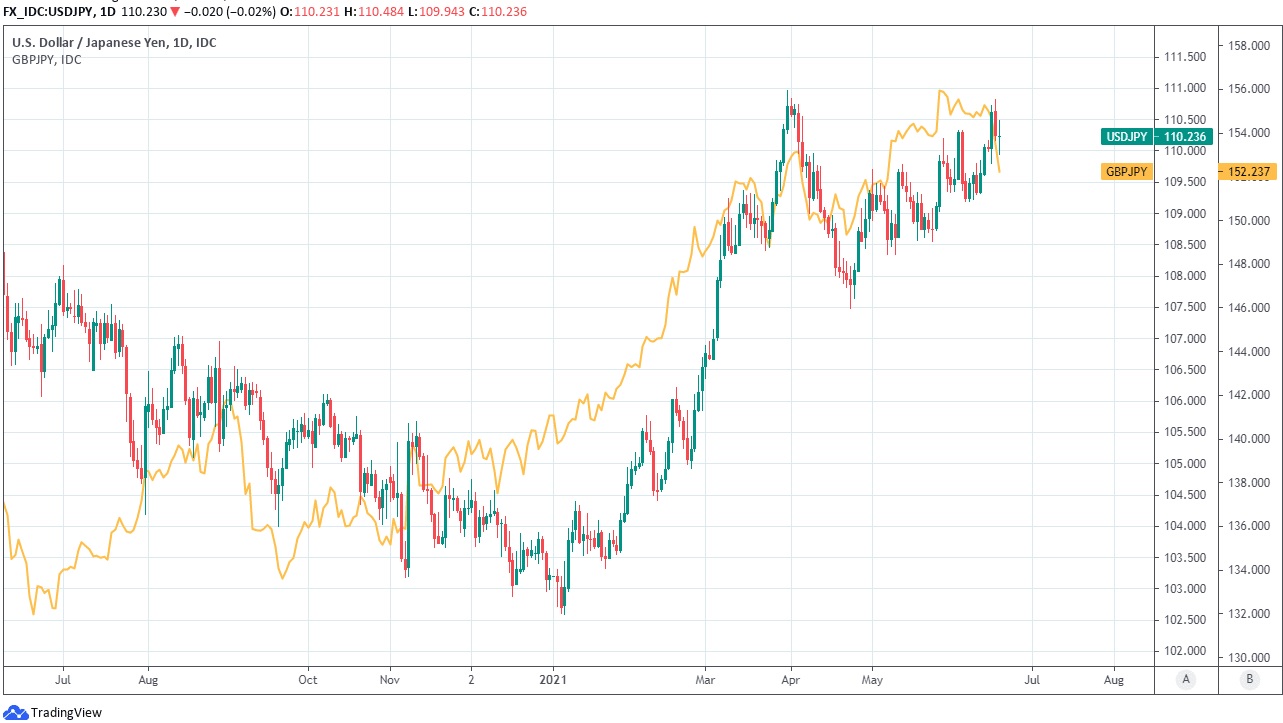 After completely disregarding a roaring comeback in Dollar exchange rates that occurred against the backdrop of signals of disparity between the Federal Reserve (Fed) and the Bank of Japan, the Japanese Yen was a relative outperformer on Friday and on track to conclude the week second among major currencies (BoJ).
After completely disregarding a roaring comeback in Dollar exchange rates that occurred against the backdrop of signals of disparity between the Federal Reserve (Fed) and the Bank of Japan, the Japanese Yen was a relative outperformer on Friday and on track to conclude the week second among major currencies (BoJ).
Japanese resiliency has surprised certain sell-side experts, despite the fact that it was the worst-performing major currency in 2021 even as it dominated the major FX league table on Friday, with USD/JPY holding to a year-to-date gain of roughly 7%.
“Extremely dismal price movement in USDJPY yesterday and overnight, hard to truly feel sure about why this is occurring following the Fed shift but there are a few concerns JPY bearish must cope with,” says a Friday morning analysis from the J.P. Morgan forex trading desk in London. Despite substantial gains everywhere in the United States, the Yen gained in Japan.
The dollar composite has risen after the Federal Reserve announced that it will commence debating when the right time is to initiate drawing to a close its $120 billion per month bond-buying plan at its upcoming gatherings.
The US quantitative easing scheme has been scooping up roughly $80 billion in US treasuries and $40 billion in mortgage bonds each month, but with recent increases in US inflation and growing confidence about the economy and employment market, the Fed has been chastised and pressured to terminate the initiative.
“The fascinating new spin is a significant drop in the Japanese yen, which has nothing to do with the Bank of Japan meeting overnight and presumably has much to do with long US rates falling sharply,” says John Hardy, head of FX analysis at Saxo Bank.
“Yields fell dramatically at the 10-year and notably the lengthy end of the yield curve, with the 30-year yield establishing a new cycle low,” Hardy adds. While adjustments to the Fed’s bond-buying plan are the most expected in the short future, the dot-plot of policymaker projections for the Federal Funds rate has received considerable attention since Wednesday’s summit.
Even though Fed Chairman Jerome Powell acknowledged explicitly at the bank’s media briefing that the dot-plot is a bad indicator of U.S. interest rates, a tiny but significant percentage of Fed rate setters indicated that economic circumstances support a preliminary rate hike in 2023 rather than 2024. The Dollar and American bond rates have subsequently gone in opposite ways, with the dollar rising steadily while longer-term cost of borrowing have fallen down to the floor after an early jump, leaving analysts divided on the USD/JPY rate’s prognosis.
In a research report published Friday, Hardy notes, “It’s odd to see the USD pulling up significantly versus almost every other currency outside of the JPY when we’ve even seen some good indications elsewhere this week suggesting that other central banks are or will be moving towards tightening. Because the majority of the JPY move occurred on a particular day – a little more work is required to show correct trending behavior,” Hardy adds.
Furthermore, the Bank of Japan (BoJ) prolonged the term of its emergency funding programs for Japanese firms on Friday, as the world’s third largest economy tries to recover from the world’s greatest outbreak of coronavirus outbreaks to date.
The Bank of Japan’s policy statement in June had minimal influence on the currency and bond markets, but certain economists believe that the recently announced mechanism for funding climate-related loans might have a significant effect on the money supply in the future.

“The specifics will have to wait until July. Mr. Kuroda repeated the document’s text: the program’s goal is to help stabilize the macroeconomy in the longer term. According to Freya Beamish, chief Asia economist at Pantheon Macroeconomics, he also stated that it is the government’s duty to drive climate change policy “in principle,” implying that the Bank doesn’t even want to take any risks.

“Though if the BoJ starts modest, given the enormous amount of funding that have to be done,” Beamish adds, “we could see this evolving into a key pillar of strategy.”




